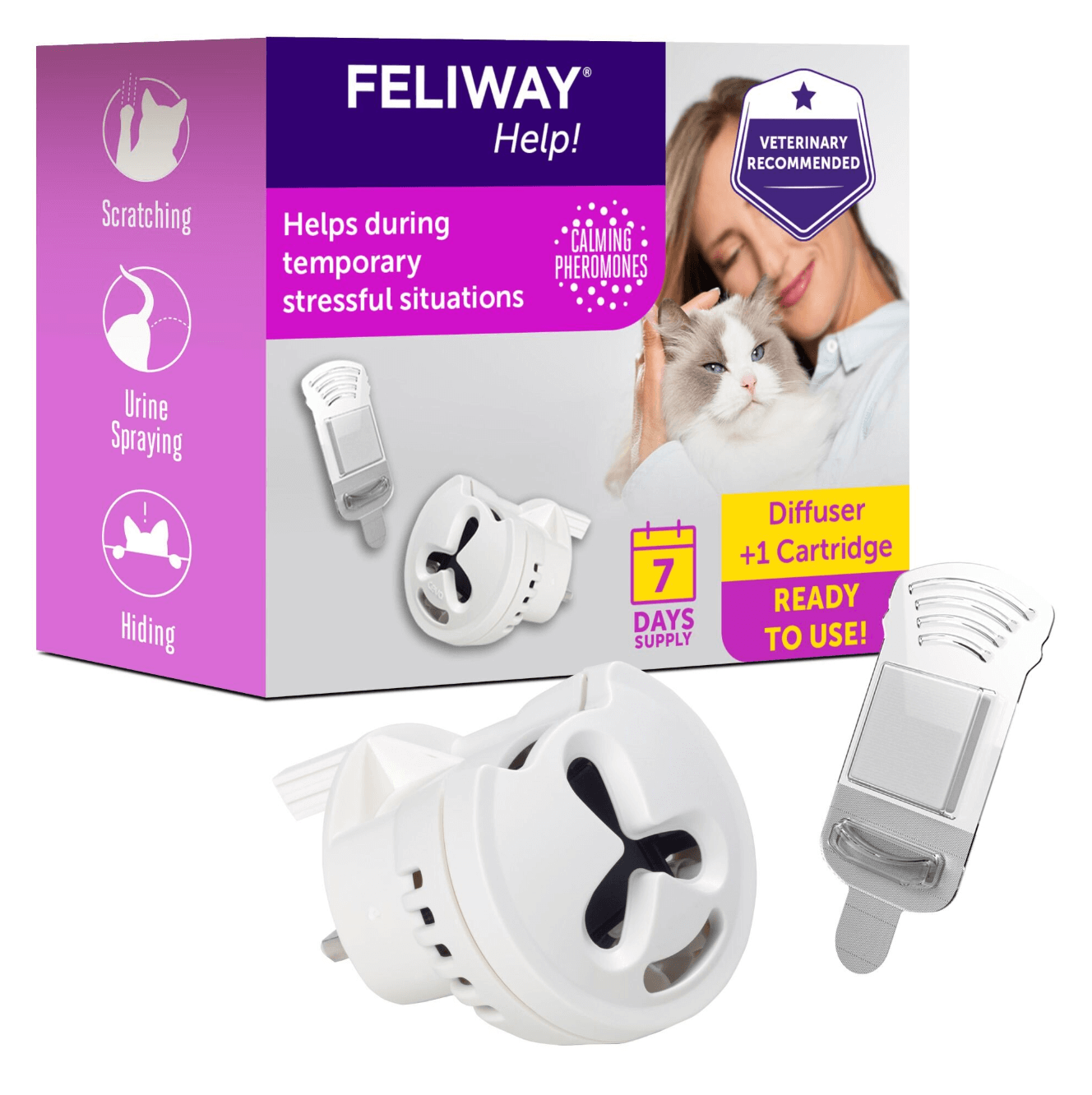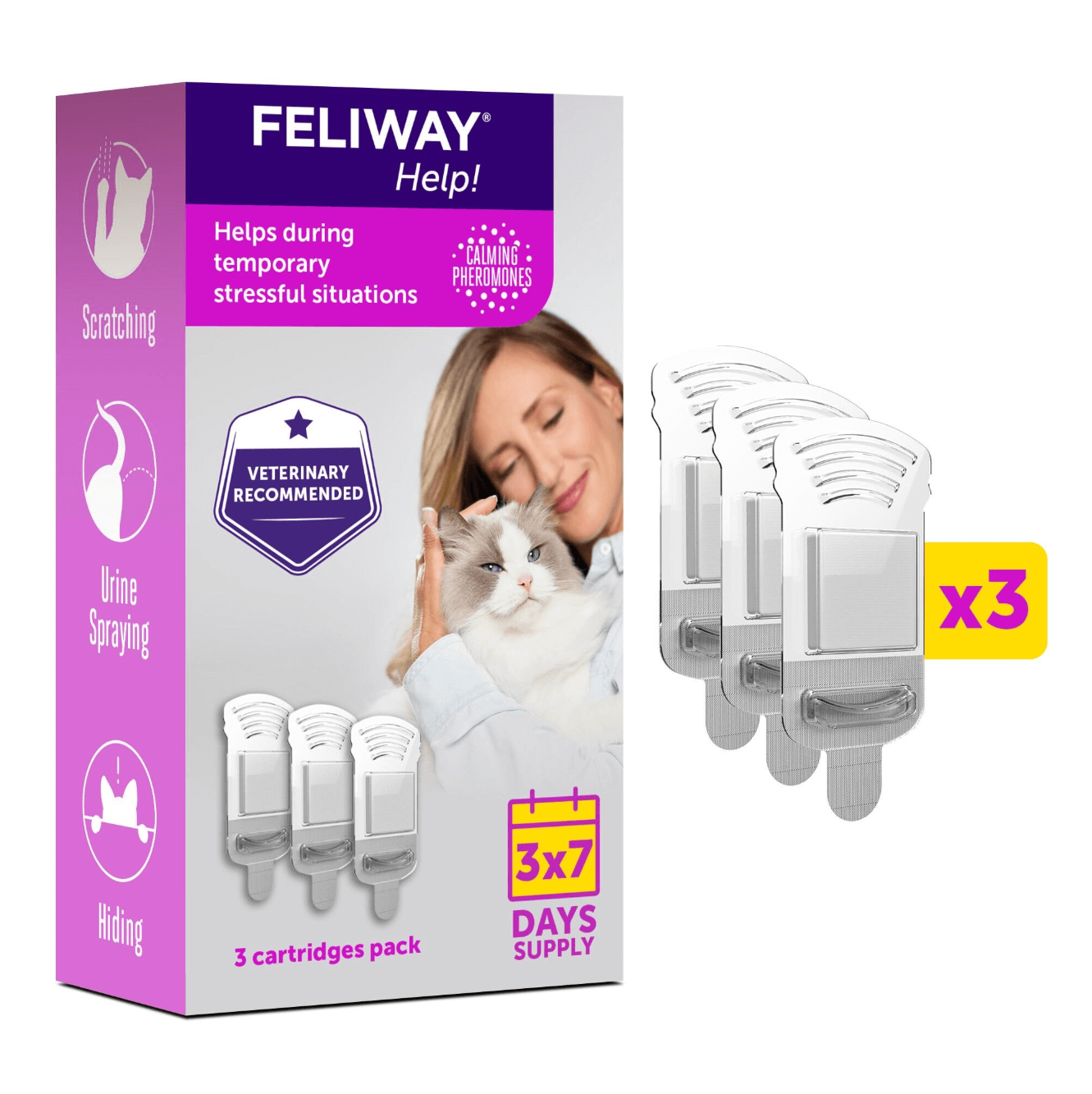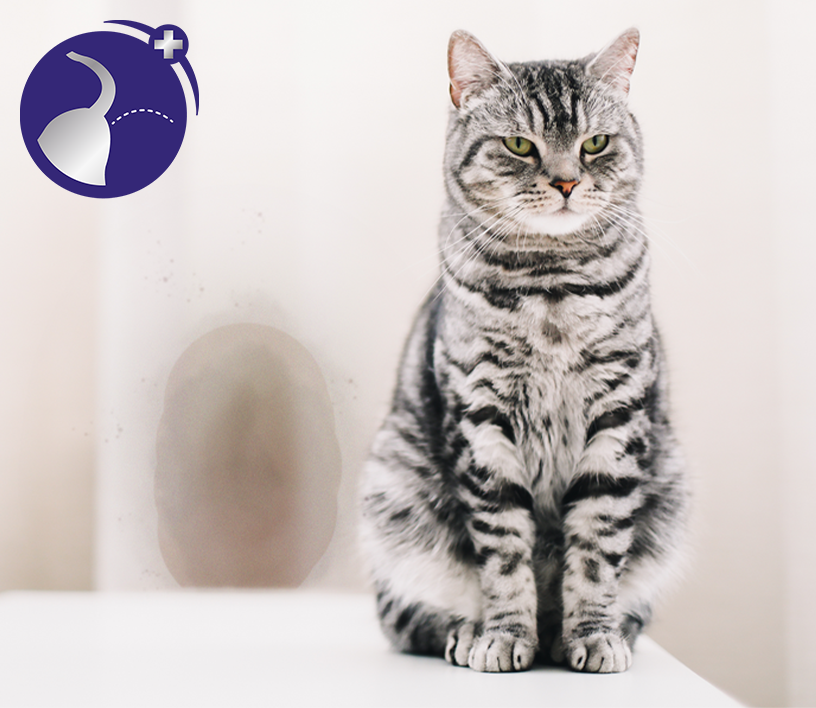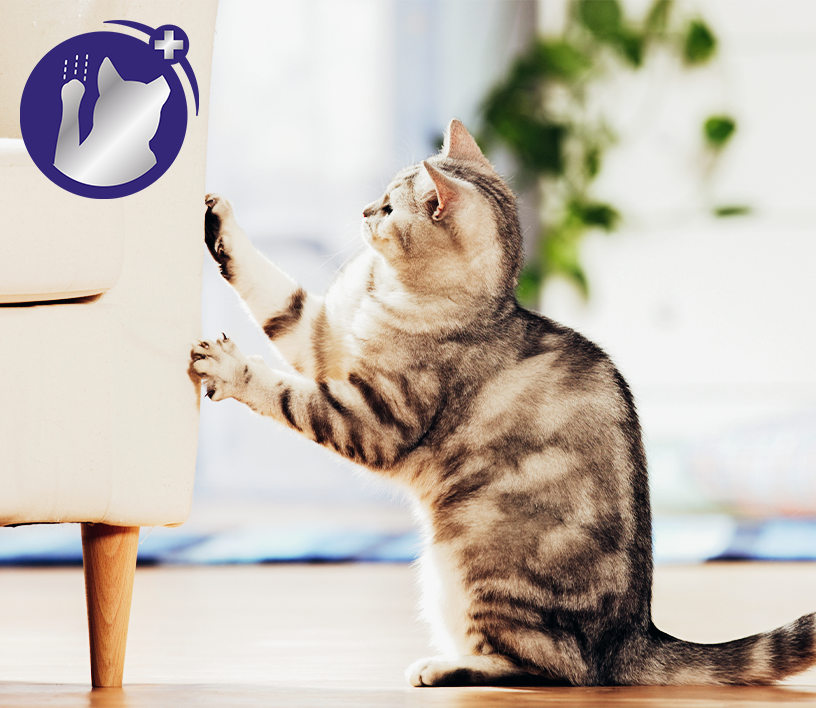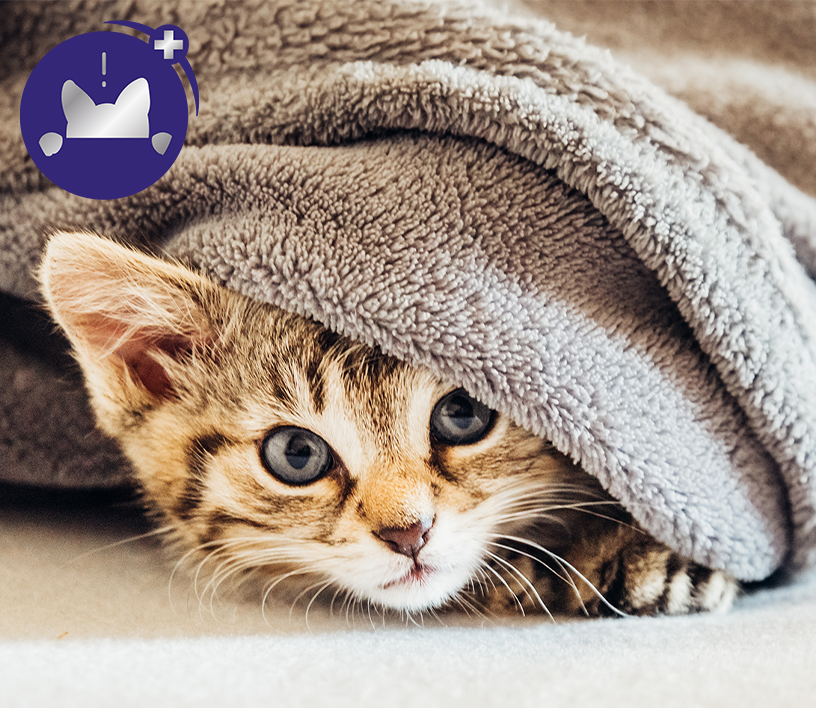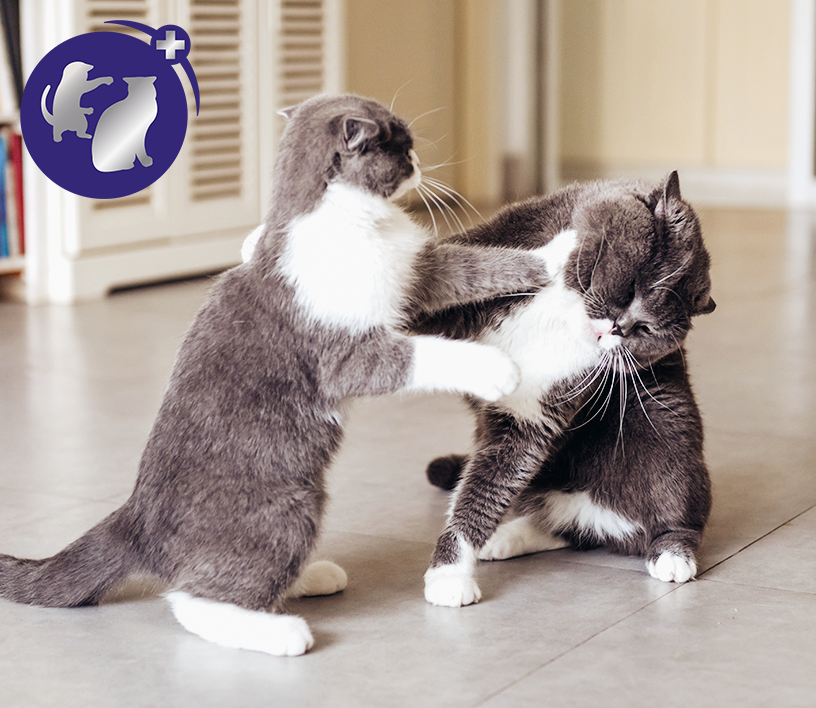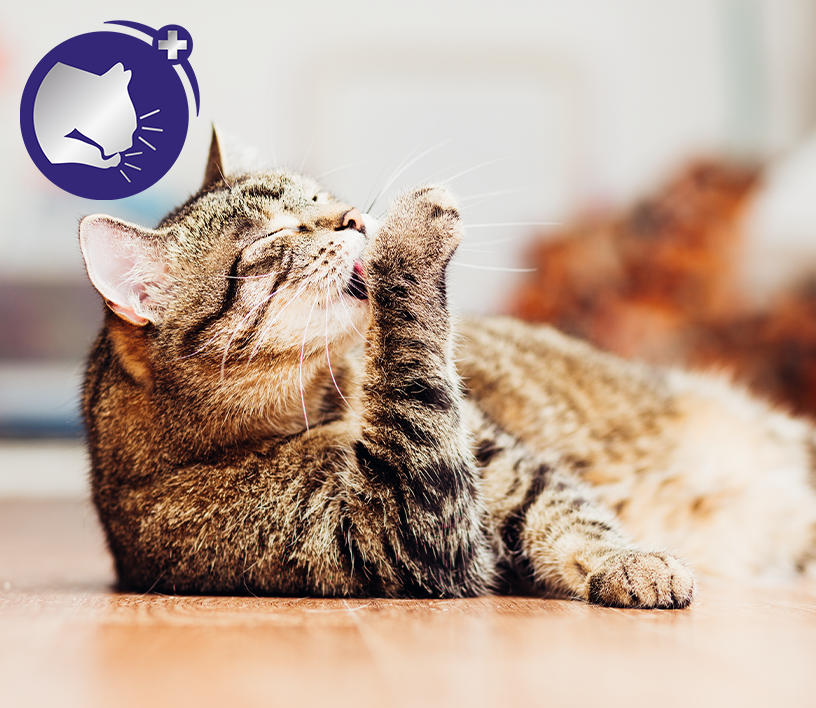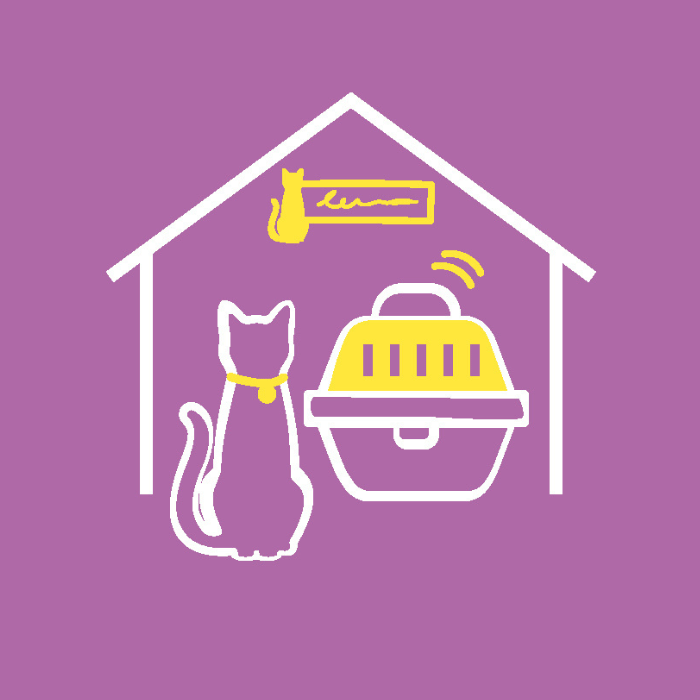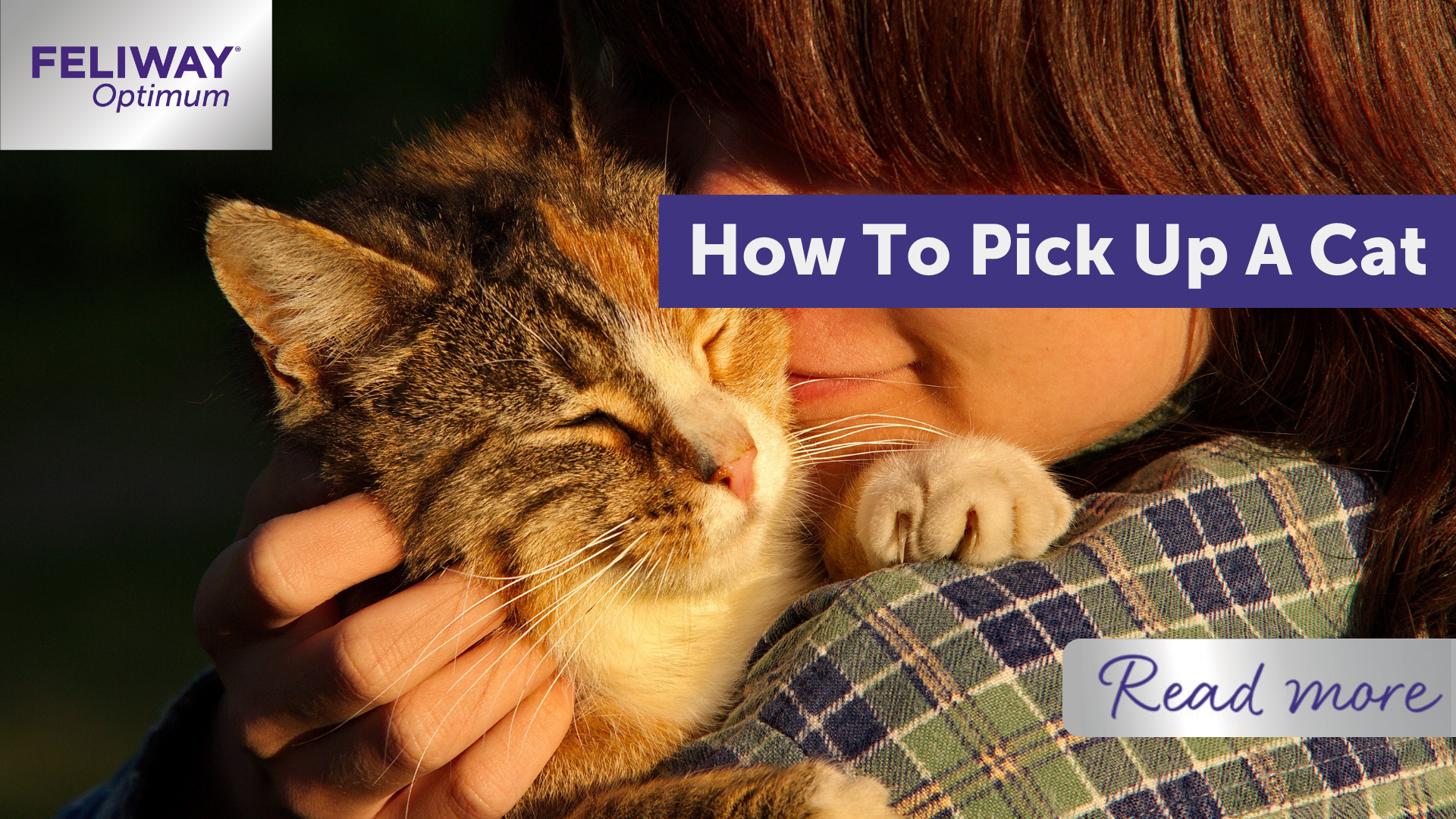
How To Pick Up A Cat
Cats are little wildlings: sometimes difficult to approach, to pet or even pick up. Yet, as wild as they can be, one can get to become friends with them furever. It just takes patience and a couple rules to have the best relationship with a happy cat.
Follow us on the journey to picking up your cat.
APPROACH YOUR CAT
Cats act all different around people. Some are nervous or shy, and others are more confident. So it can be tricky to approach them sometimes. Their behaviour depends on two things mostly. The first one is their genetics, and the other one is their exposure to people during their early age.
1. Train your cat first
Kittens have everything to learn from scratch about relationships with people. They go from adorable little wildlings to purrfect, gentle cats. The best period for their socialisation is 2-8 weeks of age although learning continue all through their youth. The environment influences kittens:
- They observe the way their mother behaves around people ;
- If their siblings are around, they will be more confident ;
- Playing is an important part of their development ;
- The experiences they go through during their youth will affect them too.
It is considered that if 5 or more people - of all ages and sex - interact with a kitten, they will grow more confident.
Kittens are so cute it is tempting to pick them up to stroke and scratch them. But, it is important to also seize this opportunity to use all kinds of handling with them to insure they consider human relationships as something normal. Therefore, they should be used to be picked up, cuddled, or examined.
2. Get your cat to like you
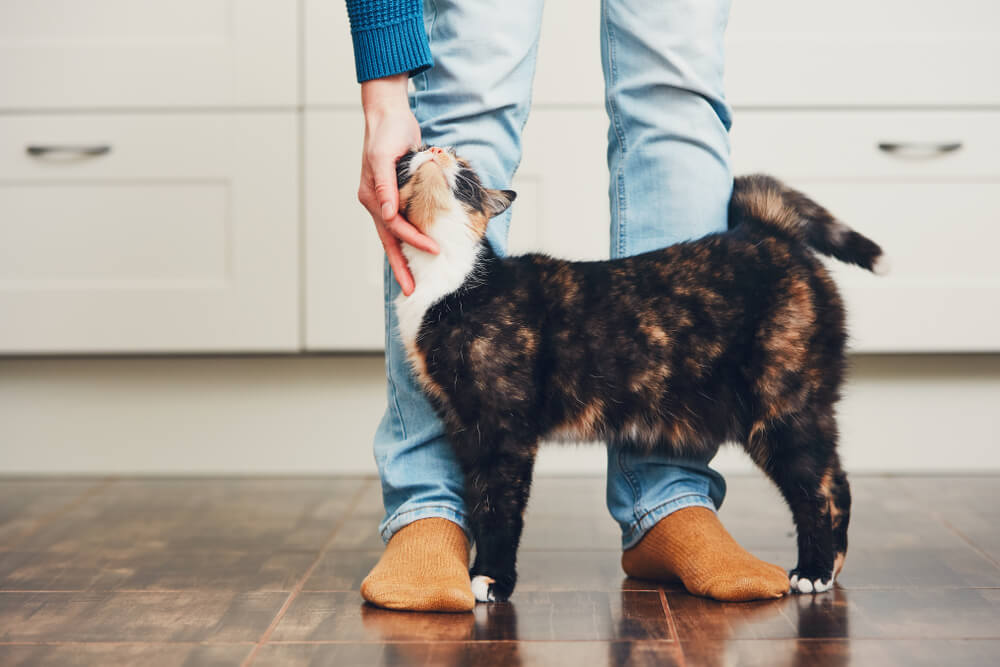
The main thing to remember with cats is that they won't adapt to you. Actually, YOU will need to make them trust you, to make them want to meet with you. First thing first, you must let your cat know your friendly intentions to give them confidence. Your body language should be the least threatening possible. Therefore, avoid sudden movements, and do not forget that something that may seem like a normal behaviour to you may not be considered the same by your cat.
Read more about how to become best friends with your cat.
Cats like to feel in control, and that they are given a choice: come to you, or leave. It is a necessity they always have the option to leave if they do not feel like coming to you. So when greeting a cat, make sure you respect their will. Never force them to interact with you. Let your cat approach you, do not rush over them. If they let you stroke and pet them, again, you need to respect your cat's will. You can trust your cat to let you know when they have had enough. Pay attention to the cat body language, and respond accordingly. Do not act regardless or it may upset your cat even more. If your cat shows signs of irritations, just stop interaction immediately.
Even though cats and kittens are not wild animals, they love their freedom and like to feel in control. Therefore, it may be challenging to decipher whether or not you can approach them.
Watch the video to learn more: Learn How To Approach Cats
HOW TO PET A CAT
Approaching a cat is one thing, but don't you want to actually STROKE your cat? Of course, you do. After all, who wouldn't?
Everyone loves to stroke cats. They are big-soft-purring-furballs. Nothing beats their cuteness. But be careful, one does not stroke a cat like that. There are untold rules passed down from cat generation to cat generation. Read on for more information and things to take into consideration if you want to pet your cat. They vary on how much they like interactions. Although some desire attention, others don't. Thus, how cats physically interact with one another teaches us a lot.
1. Understand cat body language
Cats use their body to communicate. So if you can decipher their body language, and respond accordingly, it is like talking cat. Pay particular attention to their tail moves, and also to their ears and all the communication signs from their body. Besides, the fact you can actually understand your cat's body language will give your cat more confidence.
2. Signs your cat is happy
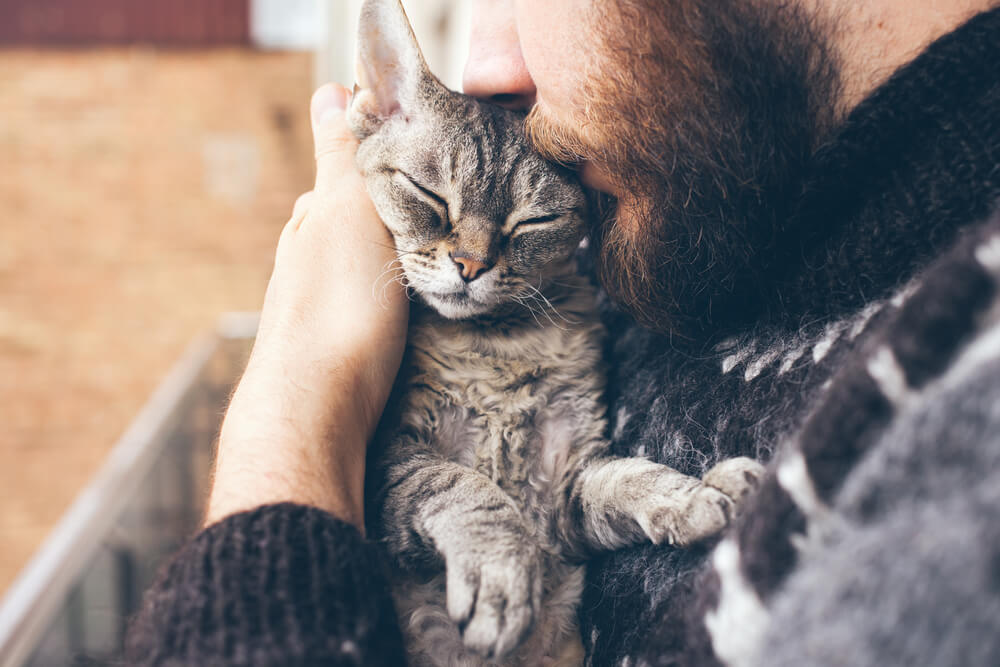
The most common way for a cat to express they are content is purring. However, sometimes it can also express pain, or stress. In that case, it is important to look for other signs to make sure the cat is content. If the cat is kneading while purring, then you can be sure the cat is really delighted. For more information, see signs of a happy cat. Understanding a happy cat is great, but it is even better if you can respond accordingly. For example, your tone of voice is important, so talk slowly and gently to your cat. You can take advantage of cats' guilty pleasure and give them treats, or play with your cat. They associate it with positive feelings.
What's the best place to pet a cat
Keep in mind to avoid sudden movements, and to let your cat know your friendly intentions. Also, keep sessions short, and stop immediately if your cat shows any signs of irritation or discomfort. Thus, try to stop stroking your cat from time to time to see how they react. If they stay around, they are likely to be up for another round of stroking. Otherwise, if your cat moves their head away, or leaves, you should not insist nor force your cat. It is often better to privilege short and frequent interactions, rather than long ones.
Cats can be difficult to read, but when you understand them, it is just purr happiness. FELIWAY can help both you and your cat be happy together.













